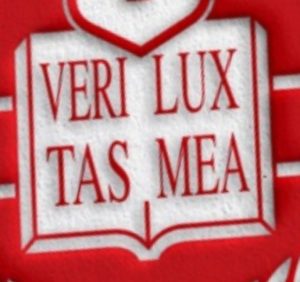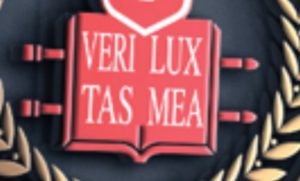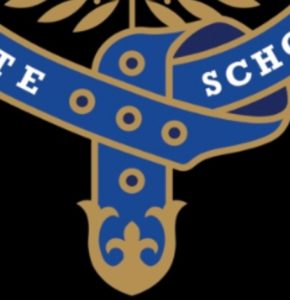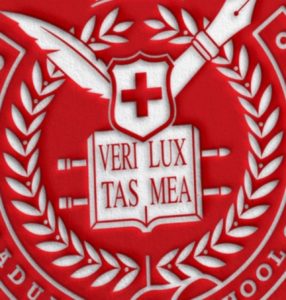- The Belt of Truth: Life, Hope & Truth
Often a symbol can be so ubiquitous that it disappears from sight. It’s commonly used, often present with other symbols and it’s just accepted that it’s there.
Today, we’re going to turn those ideas around on themselves and clasp together the meaning of the belt/buckle in jewelry symbolism. If you’re a collector of mourning and sentimental jewels, there’s a good chance you’ve got several pieces with this symbol on them, be it a bracelet, ring, or locket – the buckle can be seen in just about every form of jewelry. This is a symbol that became popular in the 19th century and its meaning is actually quite simple.
The belt/buckle is much like the serpent, it represents eternity, fidelity/loyalty, strength and protection. As the symbol curves around and threads back into itself, creating an eternal loop, it threads through the buckle and tightly overlaps itself.
As an object of use, the belt dates to the prehistoric, basically as necessity dictates the use of a way to either hold up any clothing below the waist or fasten objects to the waistline for ease of access. This could be as practical as holding up a pair of pants or as precious as holding a ceremonial/ ecclesiastical object for decoration. The device is a perfect marriage of form and function. And to accompany this, as long as humans have been mining metals, at least recorded to the Iron Age, the buckle has accompanied the belt to hold fast to the waist.
From a high-level perspective, the belt and buckle split the body in two, creating a clear delineation through the waist from the northern and southern halves of the body, but also holding the body together through this middle separation through its interconnecting and tight nature. As we move on, you’ll see how this relates to its context with other symbols.
Essentially, the buckle/belt motif relates back to this unbreakable strength of upholding loyalty and in turn, a memory forever. Its eternal loop is combined by its strength with which it holds up the virtue that it contains. When related back to the family as a unit, a loved one who is lost would ordinarily break down the family and cause untold grief and sadness, however, the presentation of this symbol from a loved one as a representation of the person who has passed on only intensifies the eternal strength and love for the person, as well as the strength of the family to stay together. This symbol also relates to love tokens, for this eternal loving strength can obviously be applied to the living; it is a symbol that is all-encompassing. So, while many rings and bracelets took on the shape of the buckle in the 19th century, they don’t necessarily denote mourning or death.
There is where we have to look at the symbol when it is combined with other symbols to discover its nature in relation to the piece. Look at this particular piece with the upside-down torch. Note how the buckle is not only a decorative border, but it is in fact wrapping itself around the life cut short and strengthening this with an eternal loop that forever holds tight. This is important, as the love and gravity of the symbol are enhanced by the buckle.
When the buckle is worn as a complete motif, as it becomes the ring, in this case, think of how it is worn. This buckle is tight around the finger, and the sentiment of love becomes part of the body, in effect, creating that bond of eternal love around the very person. The person becomes the symbol.
Late 19th century rings are wonderful showcases for the depiction of the buckle – be it mourning or sentimental token.
Different constructions involving hinged buckles that open to reveal hair or enclosed hair with letters of a person’s name or dedication sentiment would be placed in panels over the hair itself, all creating the belt/buckle motif.
It should be noted that you can find the belt/buckle motif on rings as secondary symbols in enamel, not just making the band itself. As it was a multi-purpose symbol, you can also find them in silver and other materials quite commonly from the latter 19th century into the 20th. For many sentimental jewels, the garter as a symbol does infringe upon the buckle symbol from time to time, in those particular cases, it becomes a symbol of chastity and virtue.
Belt in memory of Moving back into the idea of the belt/buckle in context with other symbols, this particular piece shows the buckle with the ‘In Memory Of’ sentiment. This once again reflects the eternal strength of memory and in this case, the dedication itself becomes the symbol, which has become enhanced by the belt/buckle. This is quite common from the mid 19th century on, the rise of the belt/buckle had become part of the cultural lexicon.
In the case of this bracelet, you can see how its decoration once again turns the wearer into the symbol of strong affection and love. Wrapped around the wrist, it promotes a strong connection of the wearer to the person who commissioned it.
As with all these symbols, loyalty and fidelity relate to the tightness of the eternal love motif that the wearer promotes through their keepsake.
There we have it! The belt/buckle combination is not just a beautiful border to your glorious jewelry, but also a magnificent symbol in its own right. I think that ends today’s lesson, so go and enjoy your beautiful day.
It represents the open-mindedness that a student must have in order to learn anything new and to be able to understand the complexities of daily life.
- What does a belt symbolize?
The simple answer is that the belt/buckle is much like the serpent, it represents
eternity, fidelity/loyalty, strength and protection. As the symbol curves around and threads back into itself, creating an eternal loop, it threads through the buckle and tightly overlaps itself.
- What does it mean to dream about a belt?
Dream Bible – Dream Interpretation of Belt. To dream of a belt represents support or help. How a person or situation is being secured, insured, or held up. It may reflect how you or someone else is helping or “carrying” another person.



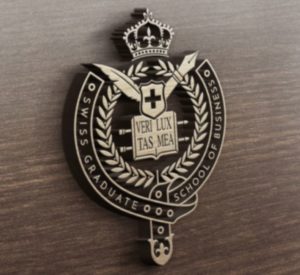


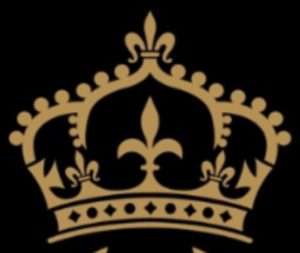
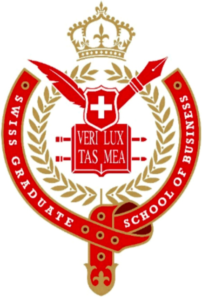

 #3. Shield of Swiss National Flag:
#3. Shield of Swiss National Flag:
